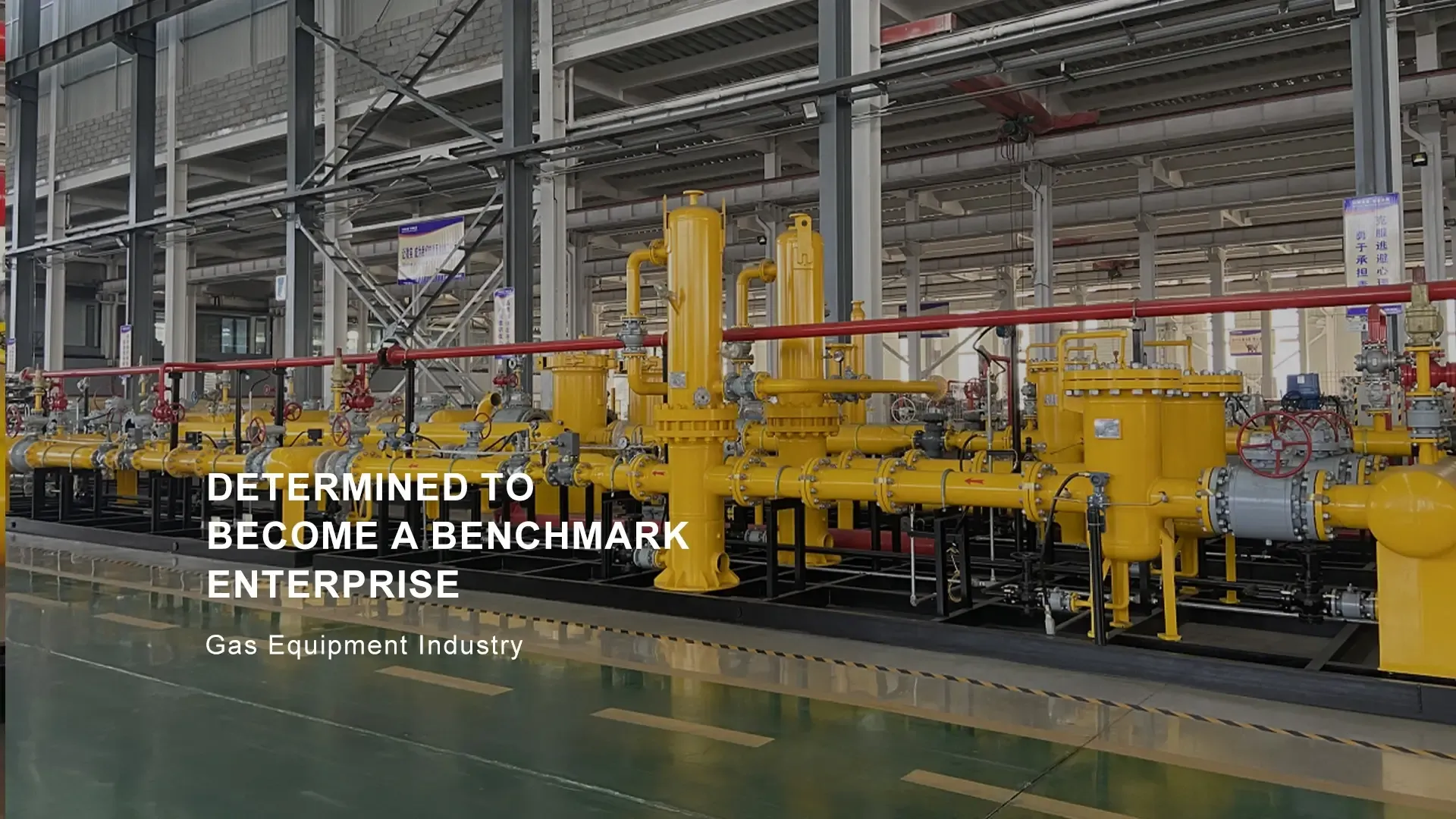
10 月 . 31, 2024 03:55
Back to list
gasification equipment
Gasification equipment plays a pivotal role in the conversion of carbon-based materials into syngas, a mixture of hydrogen and carbon monoxide. This process occurs at high temperatures with limited oxygen, allowing for the breakdown of feedstocks such as coal, biomass, or waste materials. The importance of gasification technology is underscored by its applications in energy production, chemical synthesis, and waste management.
One of the primary components of gasification equipment is the gasifier itself, which comes in various designs, including fixed bed, fluidized bed, and entrained flow gasifiers. Each type has its unique advantages depending on the feedstock being used and the desired output. For instance, fixed bed gasifiers are typically employed for coarser feedstocks, while fluidized bed gasifiers are more versatile, allowing for a broader range of materials and offering better heat transfer properties.
Another critical element of gasification systems is the feeding and handling equipment, which ensures the proper delivery of feedstock into the gasifier. This equipment must be designed to handle various material types and sizes efficiently, minimizing downtime and operational disruptions. Additionally, the feedstock must be prepared beforehand, often requiring drying and size reduction processes to optimize gasification efficiency.
Once the gasification process occurs, the produced syngas may contain impurities such as tar, particulates, and sulfur compounds. Therefore, effective gas cleaning equipment is essential to purify the syngas before it can be utilized. Technologies such as scrubbers, cyclones, and filters are commonly employed to remove these contaminants, ensuring that the syngas can be utilized for power generation, chemical production, or even as a clean fuel for vehicles.
gasification equipment

The integration of gasification equipment with other renewable energy systems further enhances its potential
. For example, gasification systems can be coupled with combined cycle power plants, where the syngas is burned to generate electricity in a gas turbine, and the waste heat is used to drive a steam turbine for additional power output. This combined approach increases overall efficiency and contributes to a more sustainable energy portfolio.Moreover, advancements in gasification technology continue to evolve, focusing on improving efficiency, reducing emissions, and expanding the range of applicable feedstocks. Emerging research aims to optimize the performance of gasifiers and enhance syngas quality, paving the way for broader adoption across various industries.
In conclusion, gasification equipment is integral to transforming waste materials and traditional fossil fuels into valuable energy resources. With ongoing innovations and a growing emphasis on sustainability, gasification technology is poised to play a critical role in the future of energy production and waste management.
Next:
Latest news
-
Unlocking The Quality Gas Pressure ReducersNewsNov.01,2024
-
The Role of Gas Pressure Reducing StationsNewsNov.01,2024
-
The Importance and Functionality of Safety Relief ValvesNewsNov.01,2024
-
The Essential Role of Safety Valves in Natural Gas ApplicationsNewsNov.01,2024
-
The Essential Role of Gas Pressure RegulatorsNewsNov.01,2024
-
Enhance Your Premium Gas FiltersNewsNov.01,2024

